Austrian Mountain Cheese is a delicious reminder of a traditional alpine way of life.
I love the mountains, but I can’t imagine how much more I would love the mountains had I grown up there, and they were my childhood home. The idea of a childhood of spectacular scenery is envy inducing (although I’m ignoring the idea that if I had grown up in an Alpine village, I would probably pine for the bustle of a city). One thing about the grass actually being greener in the mountains is that is makes the perfect raw material for milk, and therefore also for cheese.
Alpine terrain might be a mountaineer and hill walker’s delight, but it’s not the favourite of arable farmers, and therefore it’s in rugged areas like this that we find traditions of herding and livestock farming. With the weather and landscape of the Alps being what they are, the seasonal ritual is that the herds spending the winter indoors, the spring in the valley and the summer high in the mountains on the high pastures. Very Sound of Music.
We visited towards the end of summer, when the farmers were preparing to bring the cows back down to the village before the snows arrived, it was sunny but the first chill of autumn could be felt in the air. It’s a long trek for the cows; this also means bringing the milk down the mountain on a daily basis wasn’t convenient either, especially before the widespread use of cars. So another way of preserving the rich milk was needed, and it was found in cheese.
There are 526 working alpine farms and 150 cheese-producing dairies in the Voralberg region of West Austria, producing four hundred and fifty thousand kilograms of cheese a year from 40,000 cows. During the winter, when the cows are kept indoors out of the biting cold, they’re fed hay rather than fermented grass silage, which taints the milk and makes it unsuitable for cheesemaking. It’s common to find this requirement amongst careful cheesemakers; the same rules applied for Comte, 200 miles to the West in French Jura.
It’s the natural grasses and flowers of the Alps that give the milk, and so the cheese, it’s richness. The bells around the neck give a traditional background soundtrack to the scenery, and also allow the farmer to keep track of his herd. The cows grazing also keeps the grass short, an important factor in the stability of the winter snow which lessens the risk of avalanches.
We visited Apere Obere, the summer home of Barbara and Herbert Rüf, and their 3 children, 82 cows, 45 pigs, 5 goats and 7 chicken, where they make the local mountain cheese, Vorarlberger Bergkäse, which has been awarded the PDO status, in the small dairy attached to their home, situated a 45 minute drive up a steeply winding road from the valley below.
Cheese is made daily, in small batches. First the milk is warmed in traditional wood-fired vats, and rennet is added to curdle it. Even though the vats are heated with wood, careful attention is paid to the temperature of the milk. Cheesemaking isn’t for the fainthearted – it’s hard work, stirring the milk by hand and gathering the curds.
The curds, formed by the action of the rennet on the milk, are then sliced with the wire whisk.
They’re gathered together in a large cloth.
They’re removed from the vat, and the whey is allowed to drain out before the curds are placed in the mould.
The cheese is then pressed, to make sure all the whey has been removed.
Identification labels are added
The cheeses are then washed in brine, ready for the maturing cellars; it’s here that the depth of flavour develops. The cheese matures on wooden boards, which help give it its taste – when new boards are bought into use they need to be stored with the old wood for a while to obtain their microbes, or the cheese sitting on them will simply go bad. The farmers sell their cheeses to Rupp, who guarantee to buy them, and can also offer technical and business advice.
Once the cheese is made it is time to clean the dairy, wash the cloths and hang them out in the mountain air to dry.
Bringing the cows safely down to the valley at the end of the summer is a time of great celebration. The farmers spend time in the summer making garlands out of paper flowers to decorate the herd as they parade pass through the village. Frequently farmers will loose a few cows in the summer, often to lightening strikes, a heavy burden to bear when you only have a small herd.
I found not only the scenery of the mountains, but also the village itself to be delightful. Surrounded by tradition, with the steep sides of the valley covered in thick forest, and the lush green of the high summer pastures visible far above, it’s not only the place to visit in winter for a winter sports holiday, but great for summer walking. Speaking of winter sports, the farmer I visited spent the cold months working in the local ski resort; so at least he gets out of the house, even if his cows don’t.
This type of traditional cheese will last for quite a while but to give it an even longer shelf life, and to add more flavours, the tradition of smoking it came about, with cheeses stored hanging over the open fire in the 10th and 11th century before chimneys were developed.
This style of cheese is found all over Europe; we have visited and learnt how both Comté and Grana Padano are made, in a similar, but slightly different way.
Nowadays the traditional Bregenzerwald Bergkäse can be smoked, as well as the modern processed style, inspired by the past tradition. Rupp make both Austrian and Bavarian style of processed smoked cheese (largely sold as supermarket own brand in the UK). Bavarian smoked cheeses is recognizable as it is round with a dark rind. Austrian and Bavarian smoked cheese are soft and creamy, highly adaptable so ideal for cooking with or snacking such as in the Arancini or spaghetti carbonara below.
Fuss Free Flavours was the guest of Rupp. Learn more about their cheese here.
Love to travel? Then check out my trip to Tunisia!

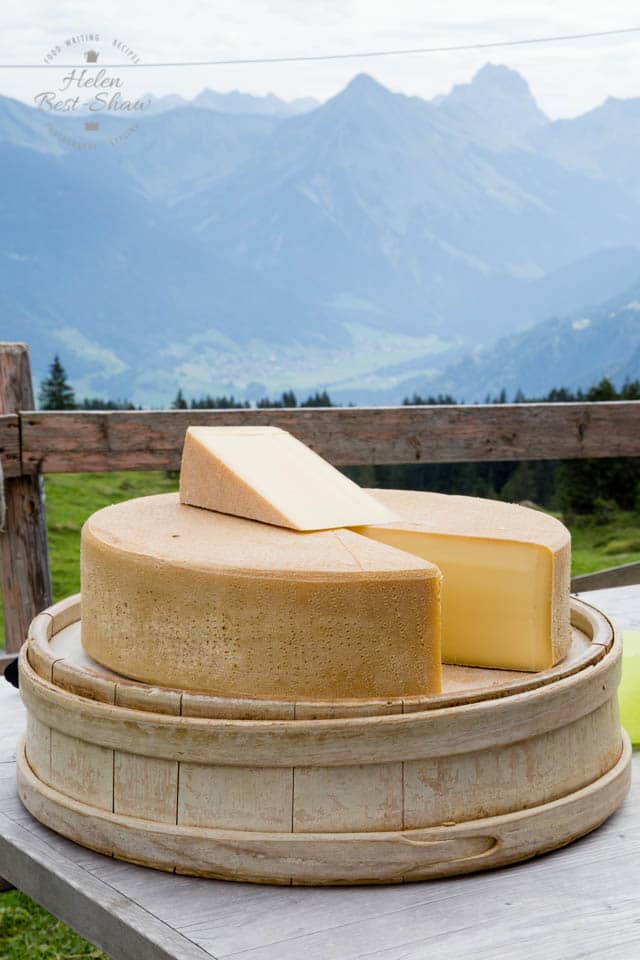
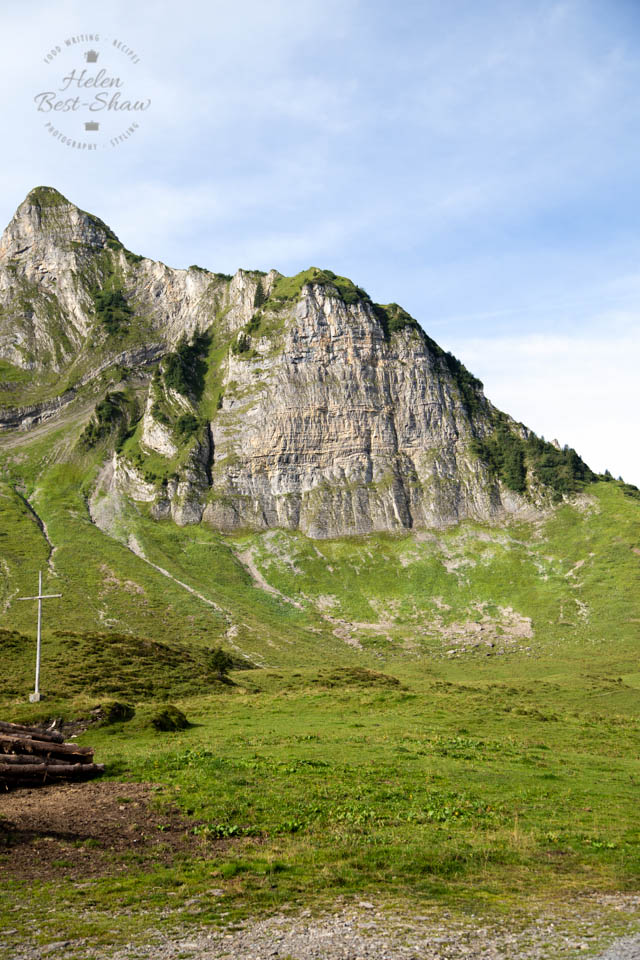
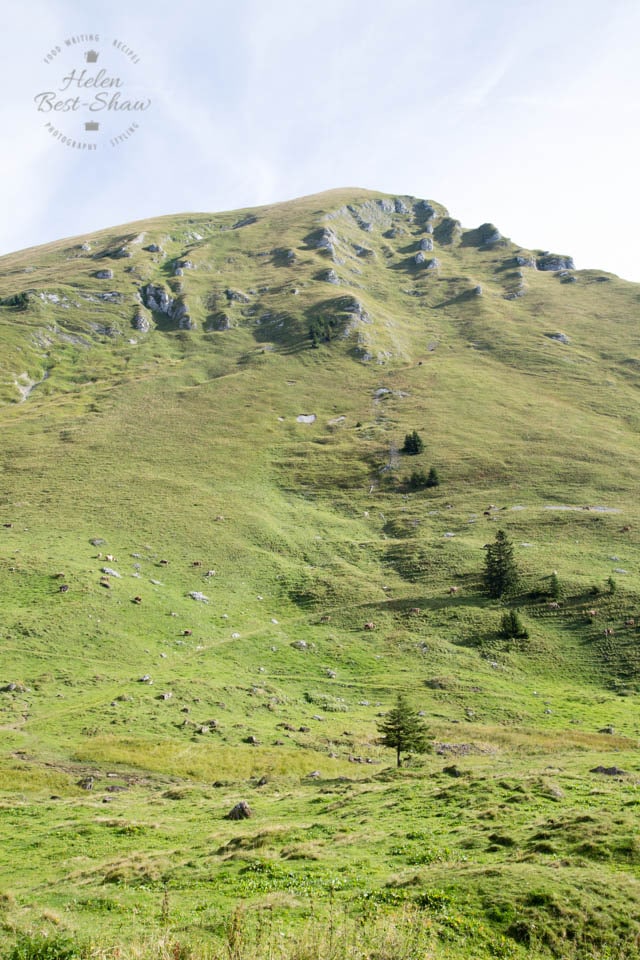
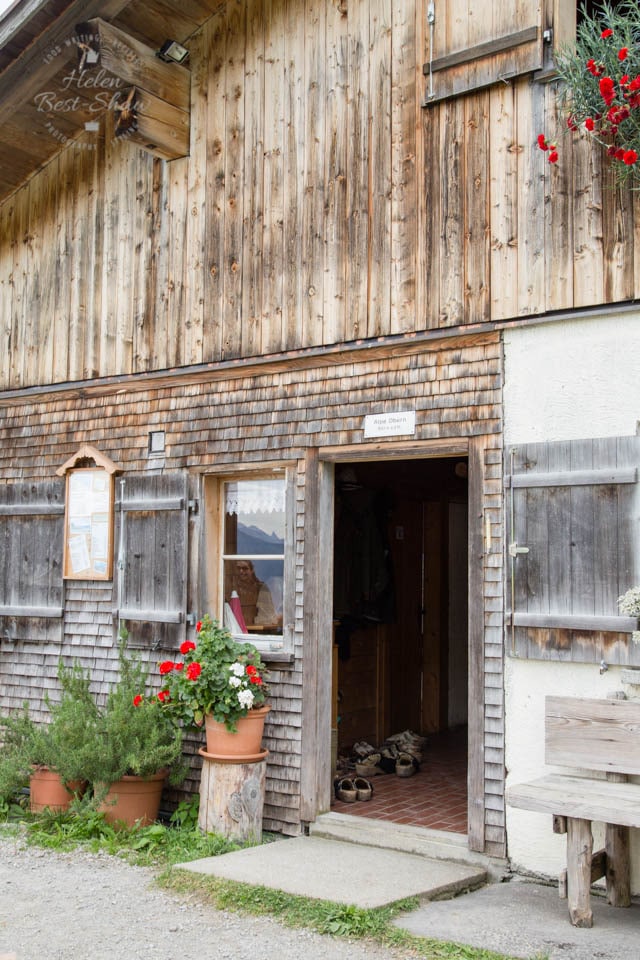
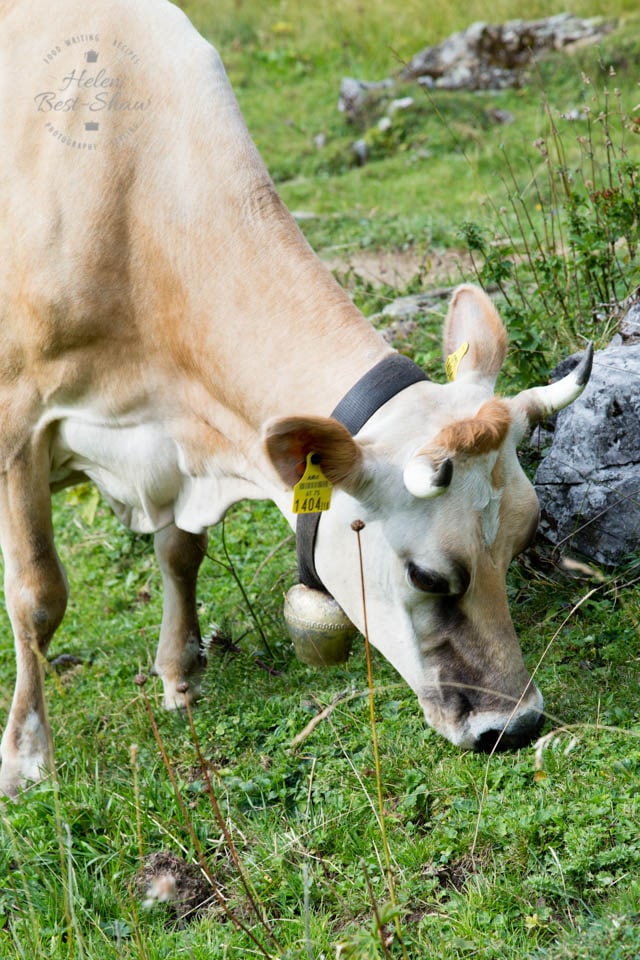
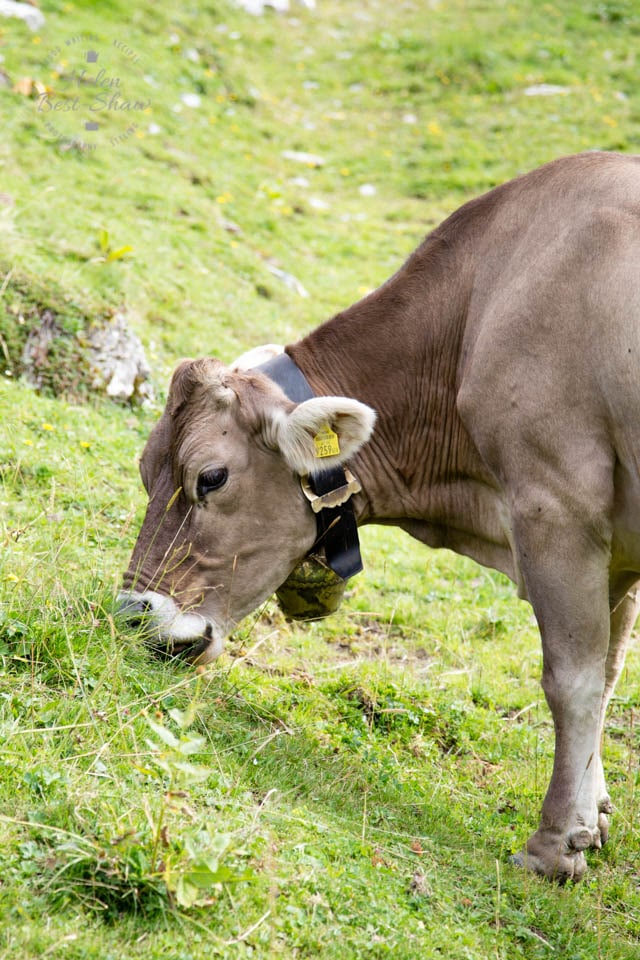

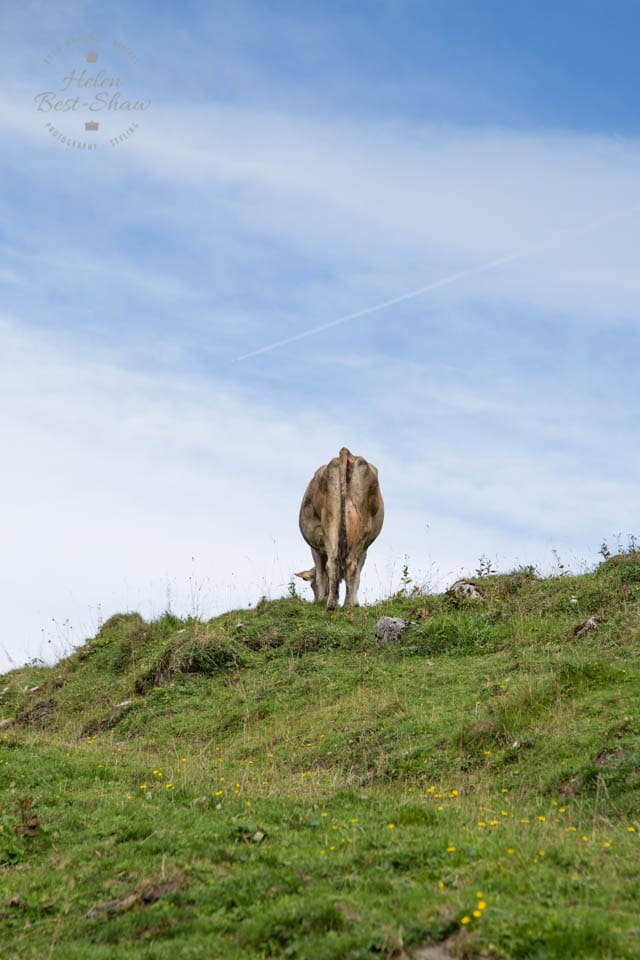

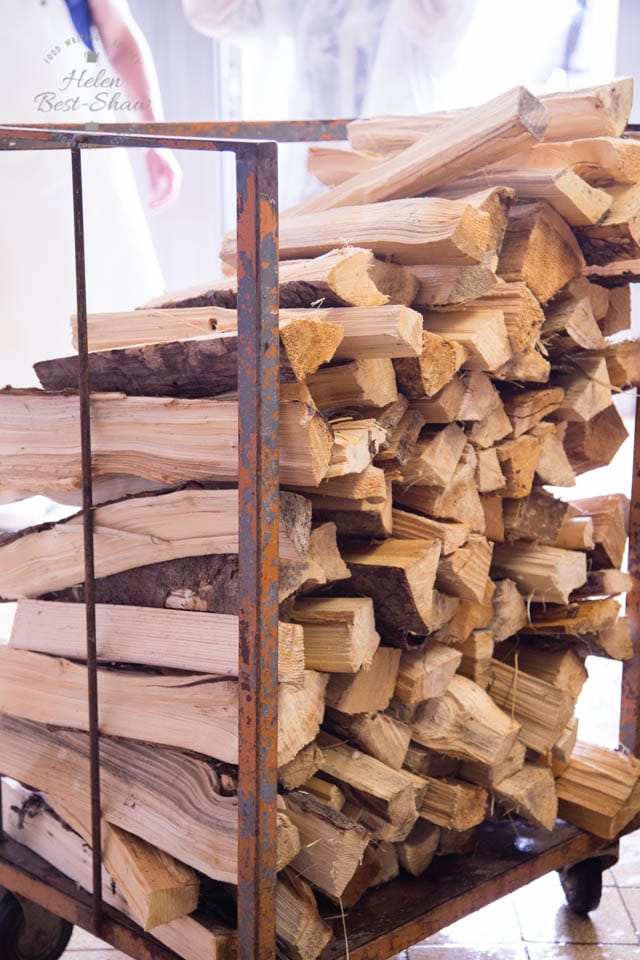

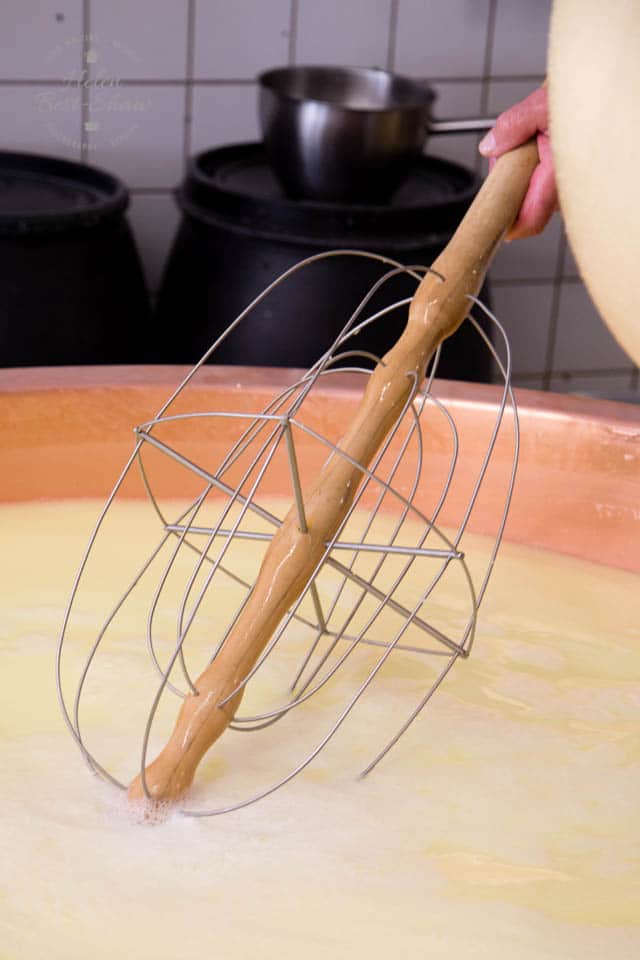
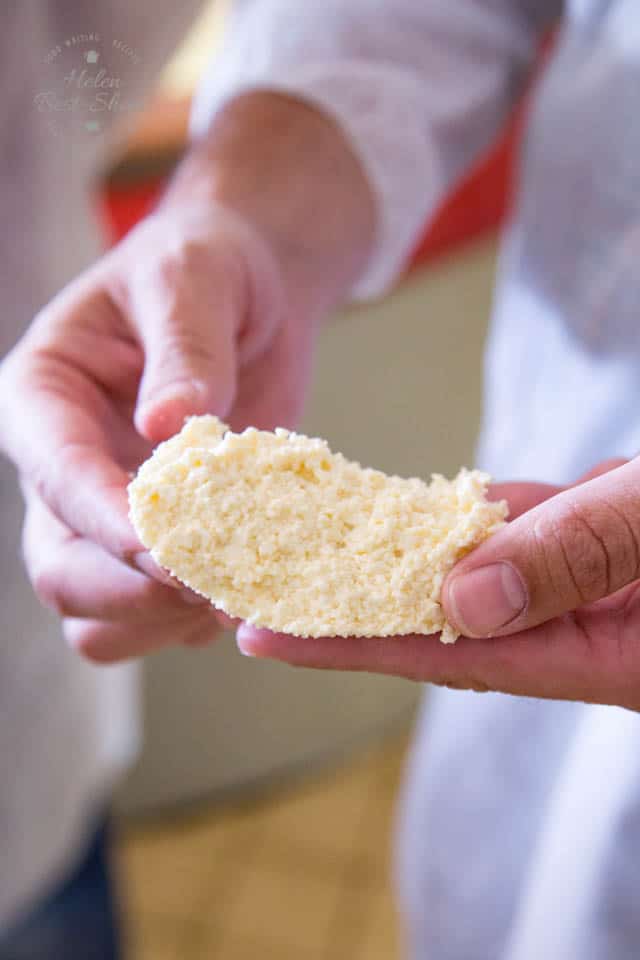
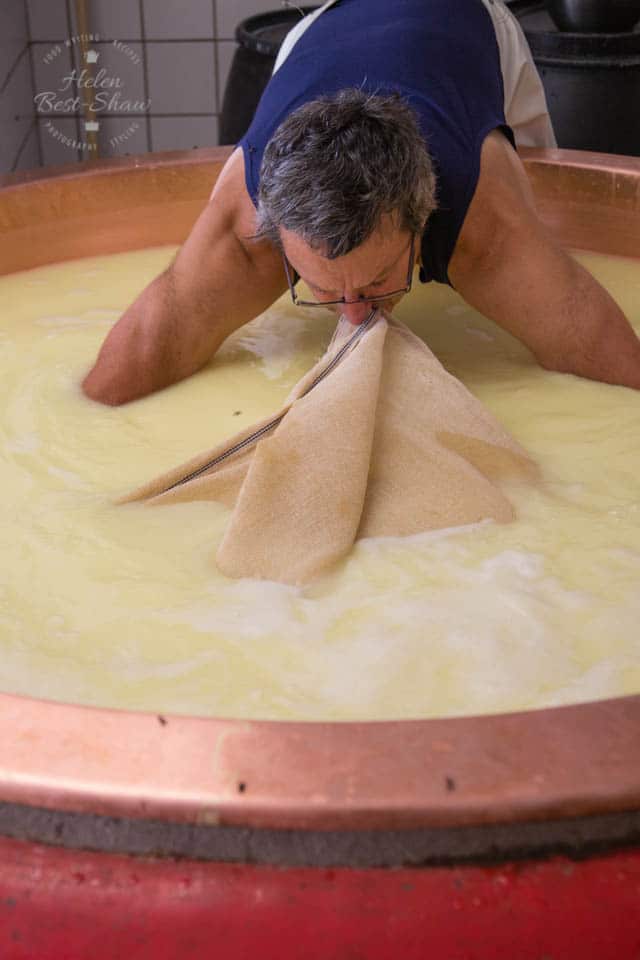
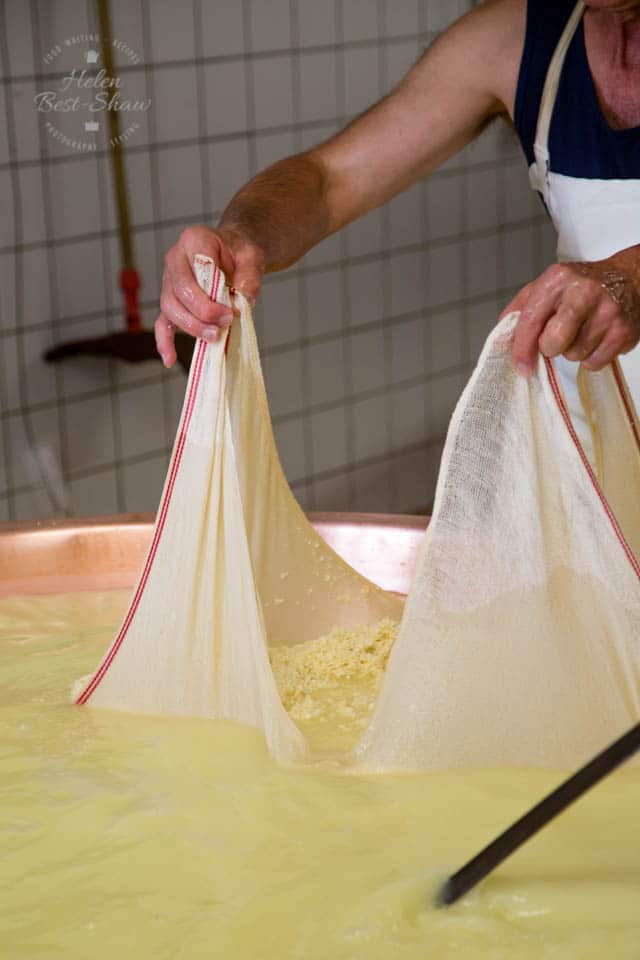

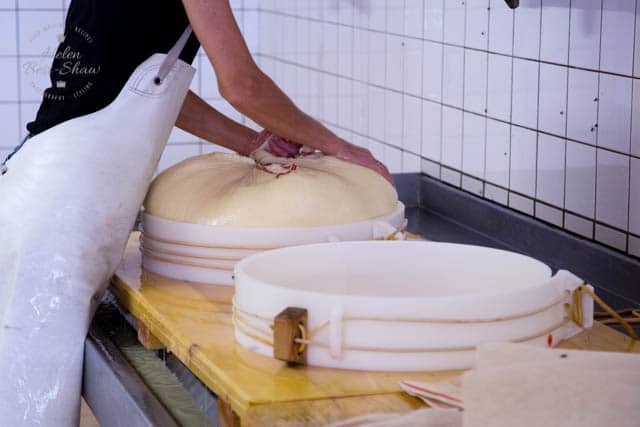
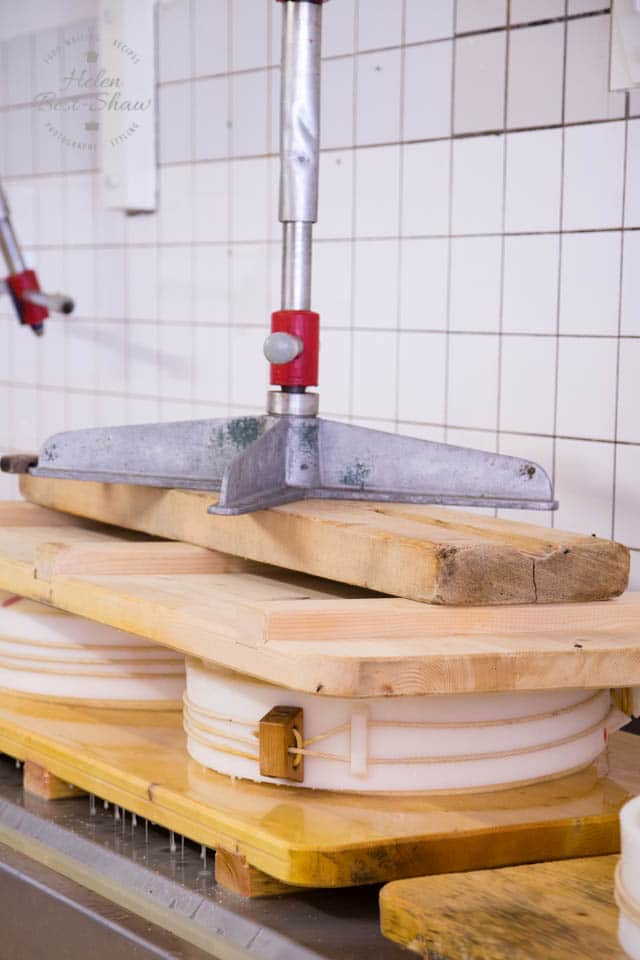

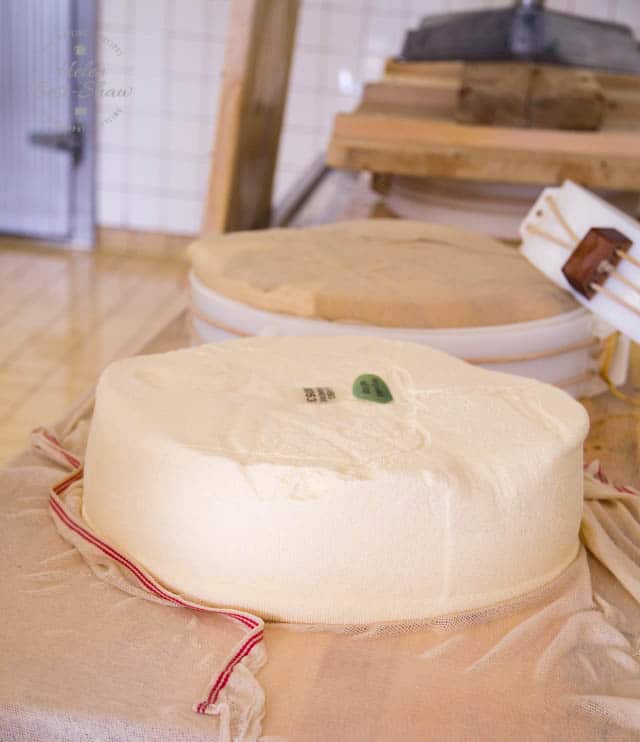
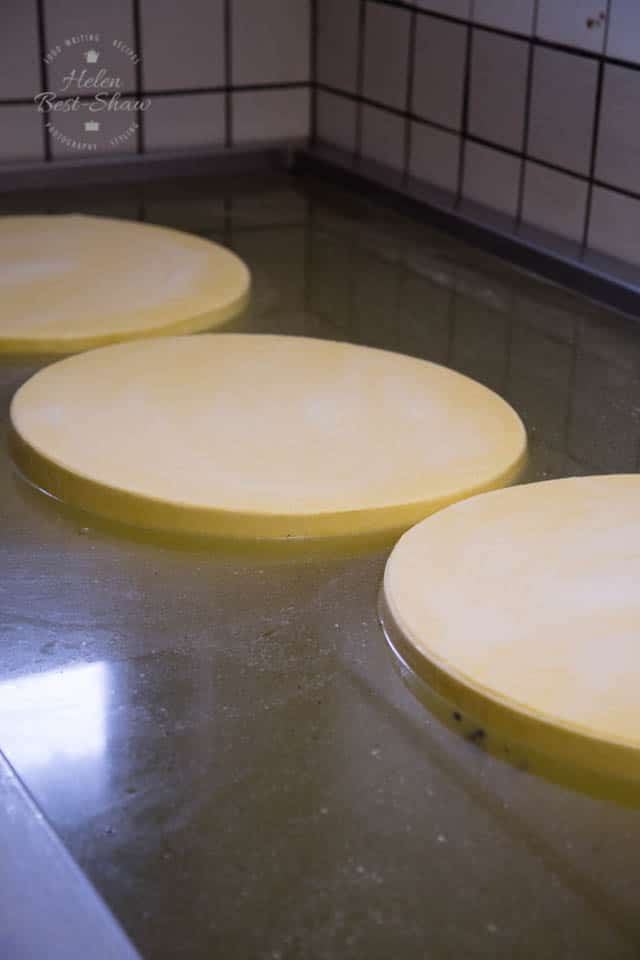
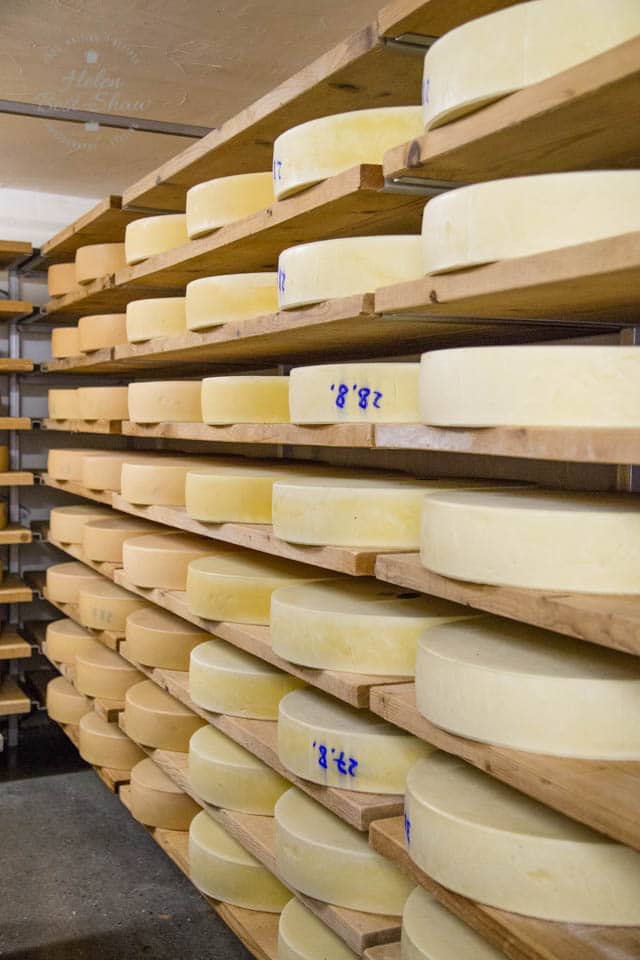
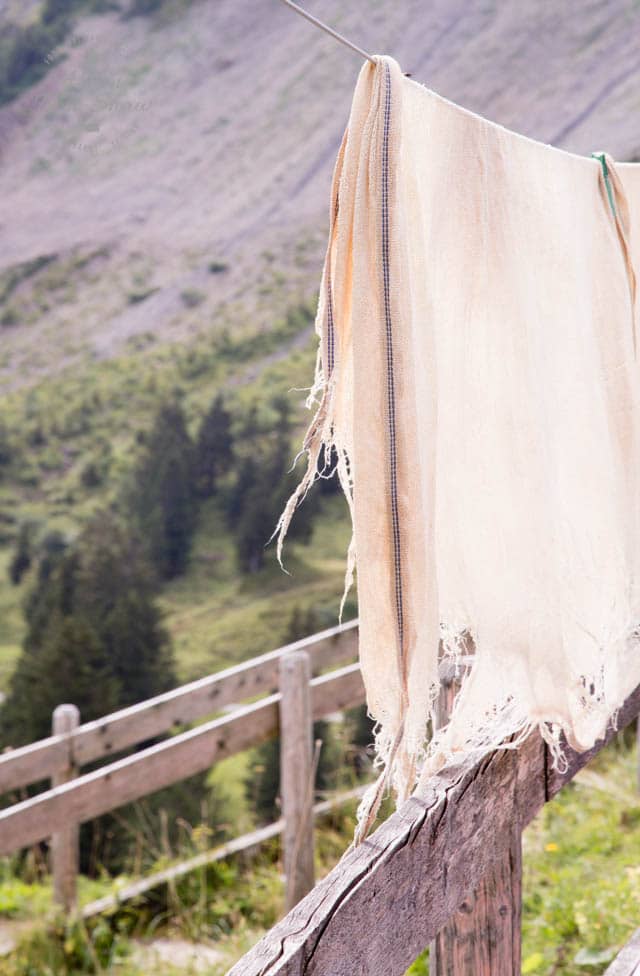


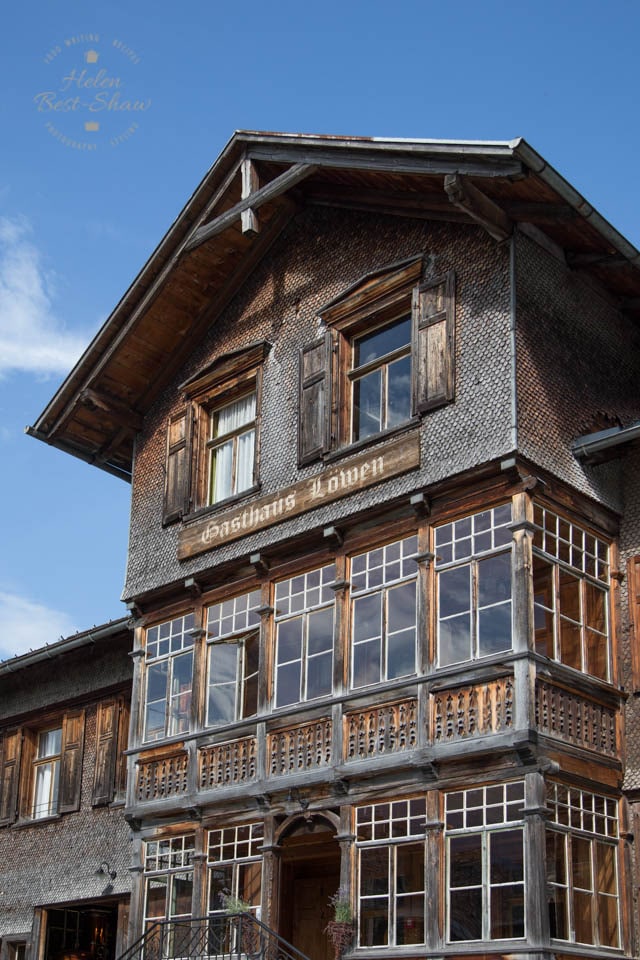

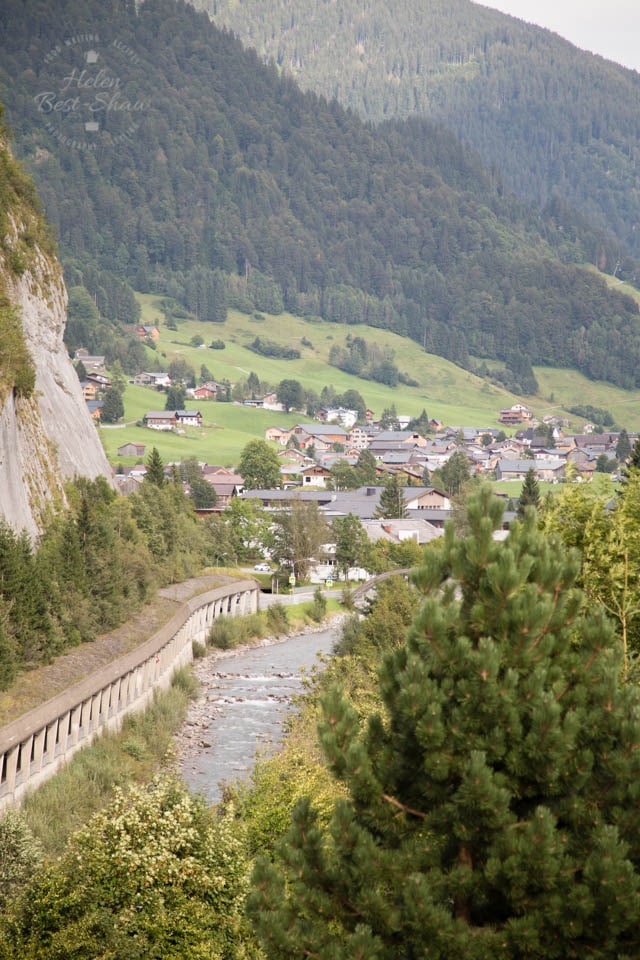
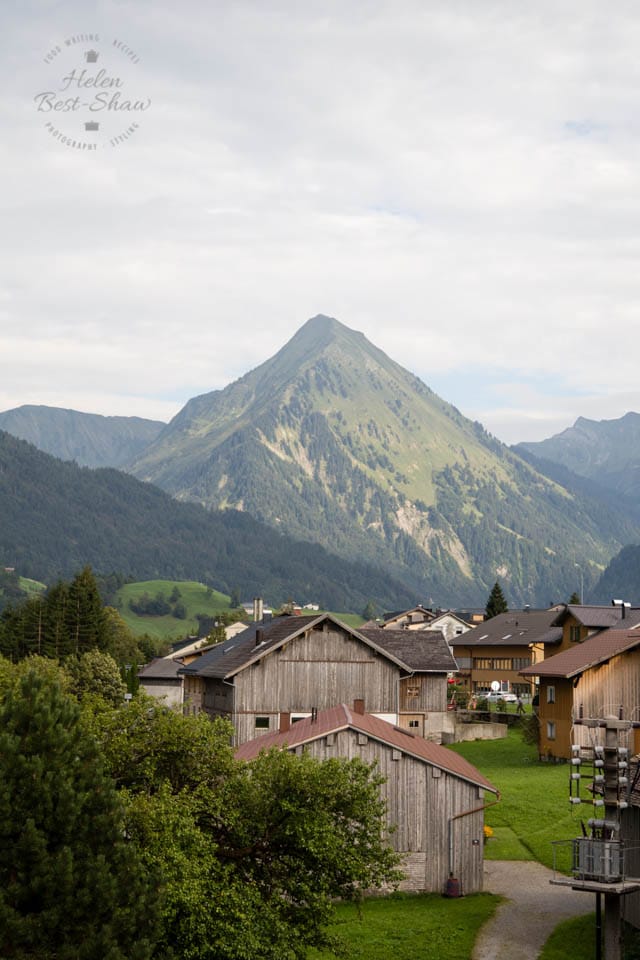
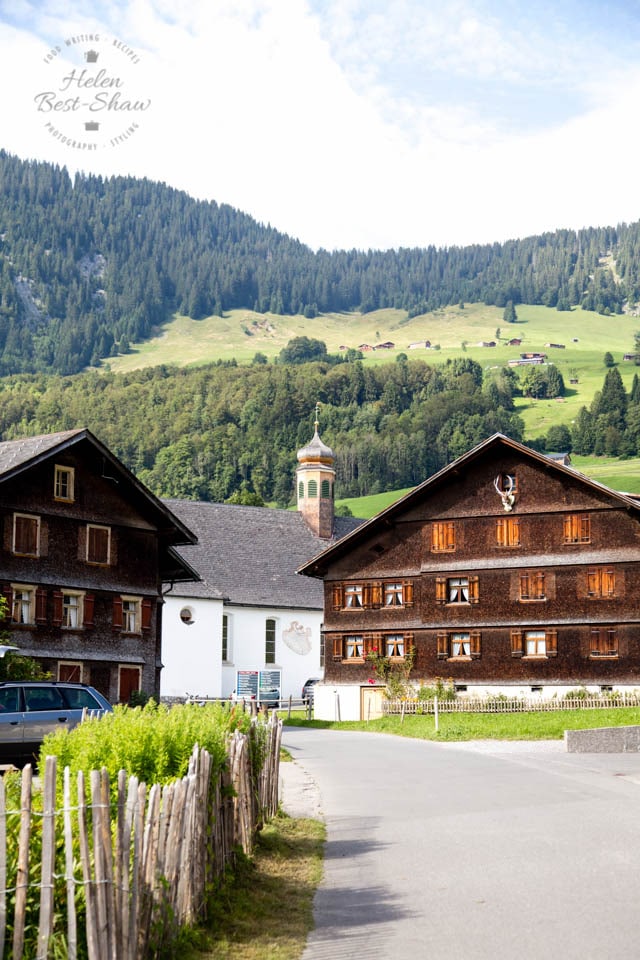
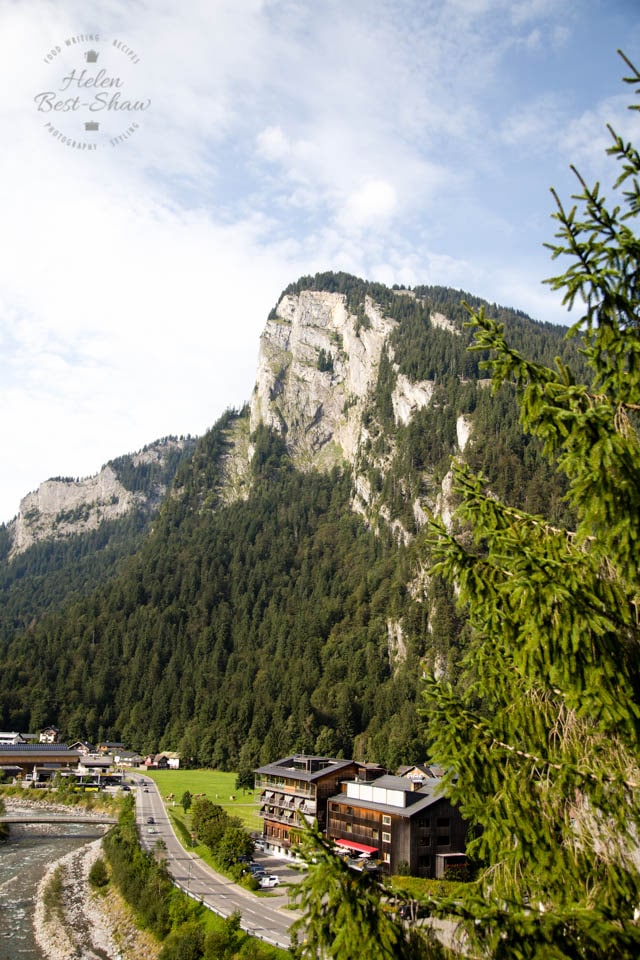
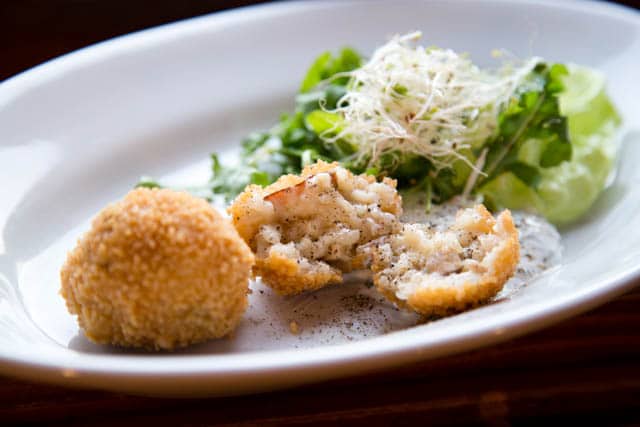

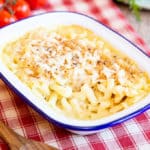


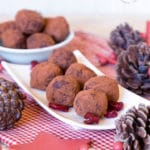
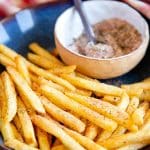
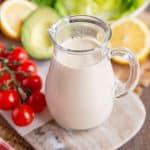
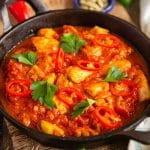
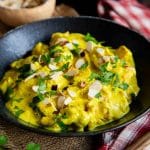




five little doves
Oh wow this is so interesting!! I am a huge fan of cheese but never really thought about how it was made! These photos are fantastic too!
Helen
I love learning about artisan products like this and what makes them different from the mass produced versions.
Katrin Nuernberger
What an interesting article. It makes me want to go right back to Austria where I spent some lovely time last summer.
Helen
It was the most amazing post that we visited.
Ren Behan
Gosh what an interesting process. My grandparents lived in Austria for a time during the Second World War so it’s a country I have a strong affinity with. Would love to visit some day. Will keep a look out for the mountain cheese!
Helen
You should definitely try and go. It is such a beautiful country.
Lizzie
I love bavarian smoked cheese like this! Fascinating to learn all about it. I’d never have thought of long grass as being an avalanche risk!
Helen
I love smoked anything. The cheese is such a good ingredient!
Platter Talk
This is a great photo tutorial! Your made me feel as tho I was there. I come from an area where cheddar cheese is made so I found this very interesting. Thanks for your work!
Helen
Thanks Dan. It was fascinating, and such an amazing place to visit.
Baby Isabella
What a fantastic post! Love how you have explained the cheese making process. The location is idyllic and it must be fascinating to watch them make the cheese. What an experience! Thanks for sharing x
Helen
It was so interesting, and being so small scale very different from the cheese I’ve seen being made before.
Fi Ni Neachtain
My goodness, what an absolutely beautiful looking place and it was great reading all about the cheese making process. I love that the farmers celebrate by decorating the herd with flowers – such a lovely thing to do. Your pictures are fabulous.
Helen
Thank you. I’d love to see the parade as the cows return to the village after their summer on the mountain.
Ceri Jones
I love to see how much hard work goes into making these artisan products – it certainly helps me appreciate them more. I can imagine this cheese tastes so fresh and incredible eaten right where its made in that mountainous setting!
Helen
such dedication from the farmer. They never get a day off as there is always cheese to be made.
Ana De- Jesus
I had no idea that it was so difficult to make cheese and that just makes me appreciate the people that make our cheese dreams come true x
Helen
I full of awe and respect for the cheesemakers!
Emily Leary
It was such a lovely trip. Being up in the stunning mountains and watching the strength and co-ordination is took to make the cheese was definitely the highlight for me.
Helen
It was amazing. I am always so enthralled by the dedication, passion, knowledge and skill of artisan food producers.
clairejustine
What a brilliant experience. I love your photos and all the behind the scene info. You never really think of all the hard work that goes into making our food. I will do now :)
Helen
I think that it is also a really good explanation of why good quality artisan food costs more and why it is worth paying for.
Kara
What a brilliant experience. I love learning where our food comes from and how it is made
Helen
It really was a wonderful place, fascinating to learn about.
Kerry norris
Do you know what’s really ironic? I’m sat here eating a cheese board whilst reading this lol. Such an interesting read x
Helen
Always a good time for cheese.
Keely's Nails
This is a really interesting read! And I do love cheese ????
Helen
It was an amazing experience to learn about something I love so much.
Lindsey
Nothing better than a great cheese and especially finding out where it comes from to how it’s made
Helen
It was really interesting, particularly as they put such passion in to producing such wonderful cheese.
Jenni
Wow that’s incredible, really interesting to see what goes into it
Helen
I have a huge amount of admiration for these cheese producers, such a lot of work, and such a good product.
Stuart Forster
Mountain cheese is so tasty! Your photos bring the destination to life. It looks a great place to go walking (and I bet some of that cheese is delicious as part of a picnic).
Helen
Stuart, it is the perfect location for a pinic with fine cheese.